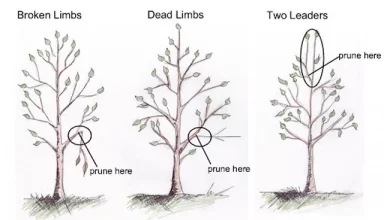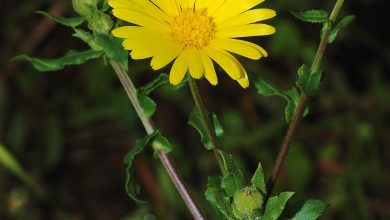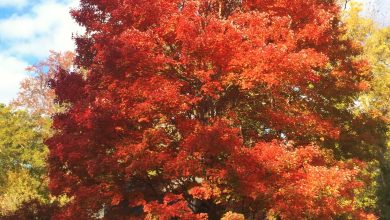Saffron Pests and Diseases: [Detection, Causes and Solutions]
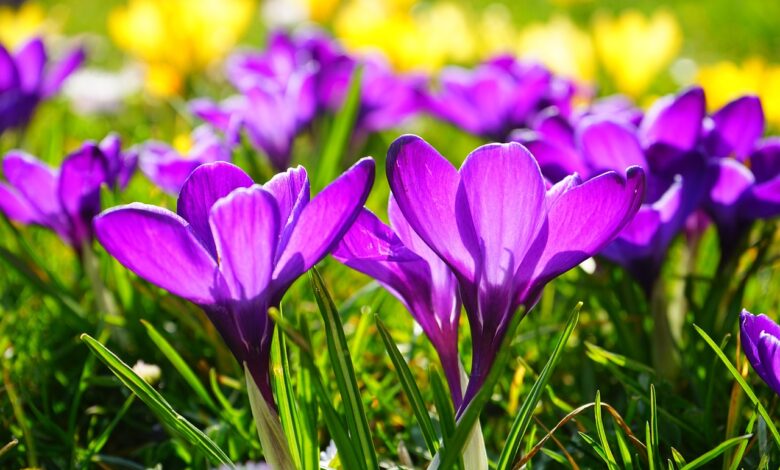
 Saffron is one of the most consumed high-quality spices in the world and, most importantly, is that Spain represents the main exporter.
Saffron is one of the most consumed high-quality spices in the world and, most importantly, is that Spain represents the main exporter.
This has brought with it that the interest in knowing everything about its cultivation, conditions and, of course, pests and diseases, increases considerably.
As it is a spice with high monetary value, labor is very important in cultivation and this makes it easier to be aware of its behavior. If you do not know much about the subject or you are interested in documenting yourself more about it, here we leave you all the details about what can affect it and how to deal with it.
Bad vinous
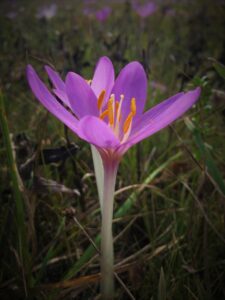 It is a disease caused by the presence of a fungus in the land where the crop is established. Its immediate action operates on the bulb, affecting its structure and first turning it purple.
It is a disease caused by the presence of a fungus in the land where the crop is established. Its immediate action operates on the bulb, affecting its structure and first turning it purple.
As it evolves, the color turns black which causes absolute rotting of the bulb.
At the air level there are also symptoms, such as the yellow color that the plants begin to acquire, as well as a weakening evident to the naked eye.
The use of fungicides does not give many expectations in the recovery of crops. This is because, in most cases, the disease is detected after it has caused a lot of damage to the root system.
However, a technique that seems to be generating good expectations has to do with subjecting crops to high-temperature baths . In this way, the hot water has a chance to kill the fungus or, at least, to control its most harmful effects.
In other actions it is convenient to proceed with crop rotation , as well as regular disinfection of the soil.
Rot
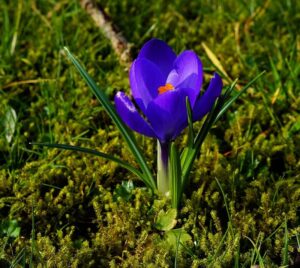 It is another disease caused by a fungus and where its radius of action is also located on the bulb. In this case, the spots that are generated are between brown and black.
It is another disease caused by a fungus and where its radius of action is also located on the bulb. In this case, the spots that are generated are between brown and black.
First they are small in diameter and then they advance until they cover the entire structure.
At the aerial level, it is evident that something is not going well very easily, because the leaves never open and the stem grows too much , exceeding the size of healthy plants.
The most probable causes of the attack of rot are due to the fact that bulbs that already carry the disease are used for planting. The most damaging thing is that being a disease that survives underground, it spreads from one plant to another quickly.
The only solution available to date is to eliminate the plants that are affected and those that are immediately next to them. They will burn and it will be necessary to use the land in another type of cultivation to avoid further damage to the structure of the crocuses.
Mole mice
 They are one of the pests to which the greatest care must be taken in fields with saffron crops because they generate considerable damage.
They are one of the pests to which the greatest care must be taken in fields with saffron crops because they generate considerable damage.
This species leads a mostly underground life that it carries out through the creation of galleries or tunnels through which it moves.
The detail is that through them they come into contact with the bulbs, which consume quite quickly , causing a total loss.
To make them disappear, hunting can be applied following the path of the galleries until finding the moles and exterminating them. Another solution consists of the smoke produced after burning the sulfur , which will enter one of the entrances, causing the moles to suffocate.
In the market it is also possible to obtain the matatopos cartridges that are entered into the galleries and whose action produces a series of fumes that suffocate them. It is important to note that in these last two cases the other vents must be covered in order to prevent the smoke from escaping.
A last alternative regarding the level of consumption of rodents is to place poisoned grapes at the entrances of the galleries. During the night, when they come out of hiding, they will eat them and by a logical action they will die.
Weeds
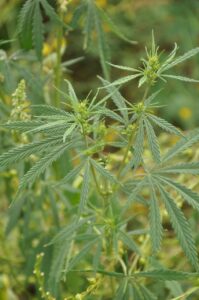 Saffron cultivation is quite prone to the presence of weeds that generate considerable damage to the entire production.
Saffron cultivation is quite prone to the presence of weeds that generate considerable damage to the entire production.
The first reason this is so is because they take advantage of nutrients, space and solar radiation from the environment. All this logically causes a negative effect on the development of healthy saffron plants.
However, one of the most worrying issues around this matter has to do with the fact that they can harbor pests and diseases.
In this case, the damage that occurs in the plant may still be higher than what would be estimated in a normal harvest, if the attack exists.
To deal with this issue, it is best to take advantage of the use of herbicides to reduce the chances of its occurrence. Another important action, and perhaps much more effective, is the use of labor to remove all the herbs that interfere with the healthy production of saffron.
In fact, it is for this reason that at the beginning we mentioned the importance of man’s vigilance for the correct harvest of saffron.
And it is that although it is a plantation that is usually abundant around production, it is always possible to lose up to 20% of it due to any of the harmful elements presented here.

![Photo of Tuta Absoluta o Polilla del Tomate: [Cómo Identificarla y Combatirla]](https://www.complete-gardening.com/wp-content/uploads/2022/08/tuta-absoluta-o-polilla-del-tomate-como-identificarla-y-combatirla.jpg)
